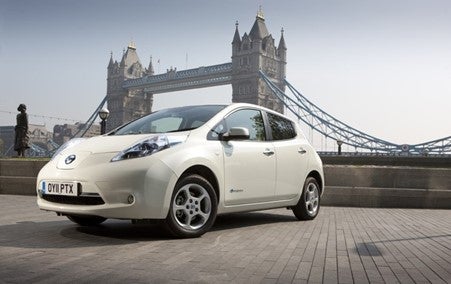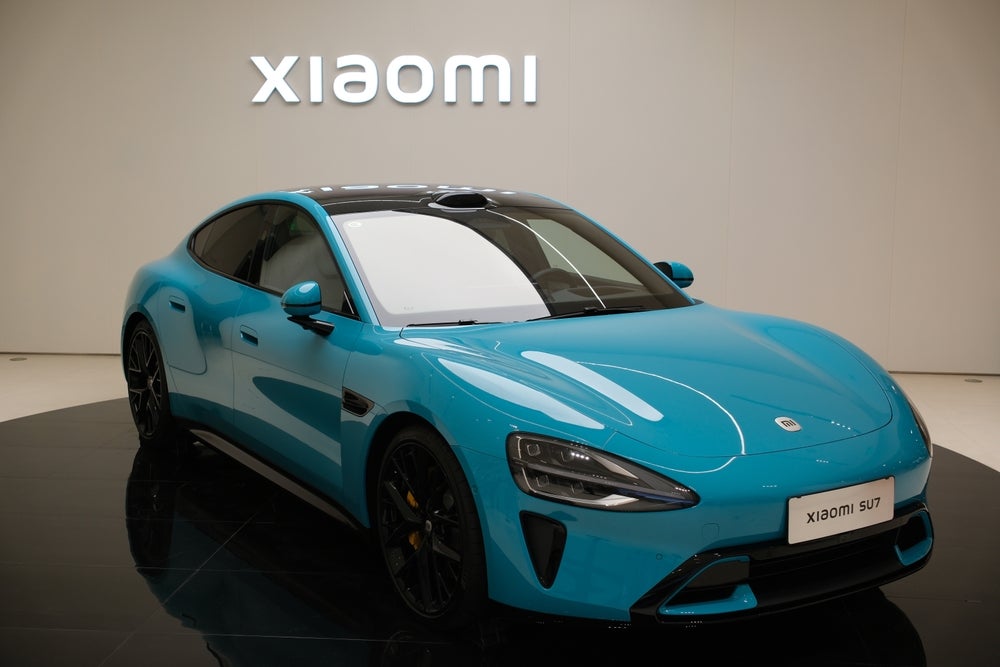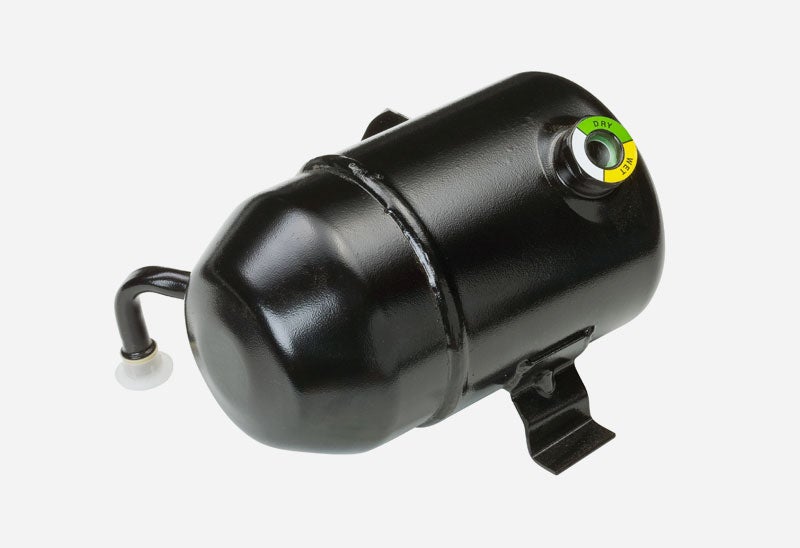Inergy Automotive Systems, the Paris-based plastic fuel tank supplier, says recent contract wins may be a sign that Japanese carmakers are ready to hand over more systems responsibility for fuel tanks.
Inergy says it has won a contract to supply complete fuel tank systems for a Nissan car platform in North America. The platform was not named.
The deal suggests that Japanese carmakers – or at least Nissan – are moving towards the west European and North American model of giving the fuel tank suppliers greater responsibility.
“With Nissan we basically have to take responsibility of proposing and developing the whole system,” says Inergy CEO Pierre Lecocq.
Nissan aside, Japanese carmakers have not adopted widespread outsourcing of the sequencing of the fuel tank operations. Inergy bought out Nissan’s former in-house operations and now supplies directly to the line from within the plant.
How well do you really know your competitors?
Access the most comprehensive Company Profiles on the market, powered by GlobalData. Save hours of research. Gain competitive edge.

Thank you!
Your download email will arrive shortly
Not ready to buy yet? Download a free sample
We are confident about the unique quality of our Company Profiles. However, we want you to make the most beneficial decision for your business, so we offer a free sample that you can download by submitting the below form
By GlobalDataLecocq says Inergy has full systems responsibility for design and production with all of its European customers – except for some purchasing of second tier components.
Most vehicle makers still specify some major second tier components, such as the fuel pump.
But with a volume of 12 million plastic fuel tanks a year, Inergy may have more expertise and purchasing muscle with second tier suppliers than vehicle manufacturers.
“We are seeing our freedom for sourcing going up,” says Lecocq.
Adoption of plastic fuel tanks has been growing fast in Europe and more recently in North America. But until recently they were not making much headway in Japan.
Growth in Asia
Now Lecocq says Asian carmakers are shifting rapidly to plastic fuel tanks.
“We believe that today plastics represent around 20% of the tanks produced in this part of the world,” he says.
Lecocq estimates that penetration could reach 40% within five years and rise to 70% by the end of the decade.
Inergy is growing in China as international car programs are established there. But it does not have a partnership or wholly-owned subsidiary there.
“We are actively negotiating to buy a share in a local manufacturer,” says Lecocq. “We hope to finalise this discussion in the next few months.
“Until then Inergy will continue to license its products to a Chinese company model by model.”
Most of the new demand for plastic fuel tanks is among smaller Japanese carmakers. Those companies are considering moving from steel even for local market applications, he says.
In Japan “you already have car manufacturers like Honda, for example, with 40% plus of their products in plastic,” says Lecocq. Suzuki has used plastic fuel tanks in Europe and is now looking at introducing them in Japan.
Inergy is working on a contract with Toyota for a global product that will be supplied in Argentina, South Africa and Thailand. Nissan is already “almost 70% plastic,” he says.
The Nissan contract was also the first time that Plastic Omnium has sold its Partial Zero Emissions Vehicle (PZEV) solution to meet the California Air Resources Board targets to a vehicle manufacturer.
That is significant because Inergy is the largest plastic fuel tank manufacturer and follows other plastic fuel tank suppliers that have announced the capability or contracts to meet the targets.
California’s PZEV limit imposes a limit of 54mg of hydrocarbon emissions per 24 hours on all fuel tanks. The difficulty of the target is that low levels of permeation of fuel through the walls of fuel tanks leads to fear that the growth of plastic fuel tanks would be stalled by the requirement.
Other plastic fuel tank suppliers – such as Kautex Textron for GM’s 2005 W-Platform – have subcontracted a steel tank maker to meet Californian norms although Kautex Textron has also shown the technology can meet the limits, as has Visteon.
TI Automotive has also announced production contracts for PZEV-compliant plastic fuel tanks.
But Lecocq says the postponement of the implementation of the most stringent PZEV requirements means that plastic fuel tank growth will not be held back by the PZEV requirements.
“It’s a relatively simple solution”, says Lecocq. “It is in the same mould as the conventional fuel tank which we fitted to most models not built for the California market.”
The Inergy solution uses patches to make the fuel tanks less permeable. Lecocq calls it “a very cost efficient solution for low volume PZEVs.”
SupplierBusiness.com







